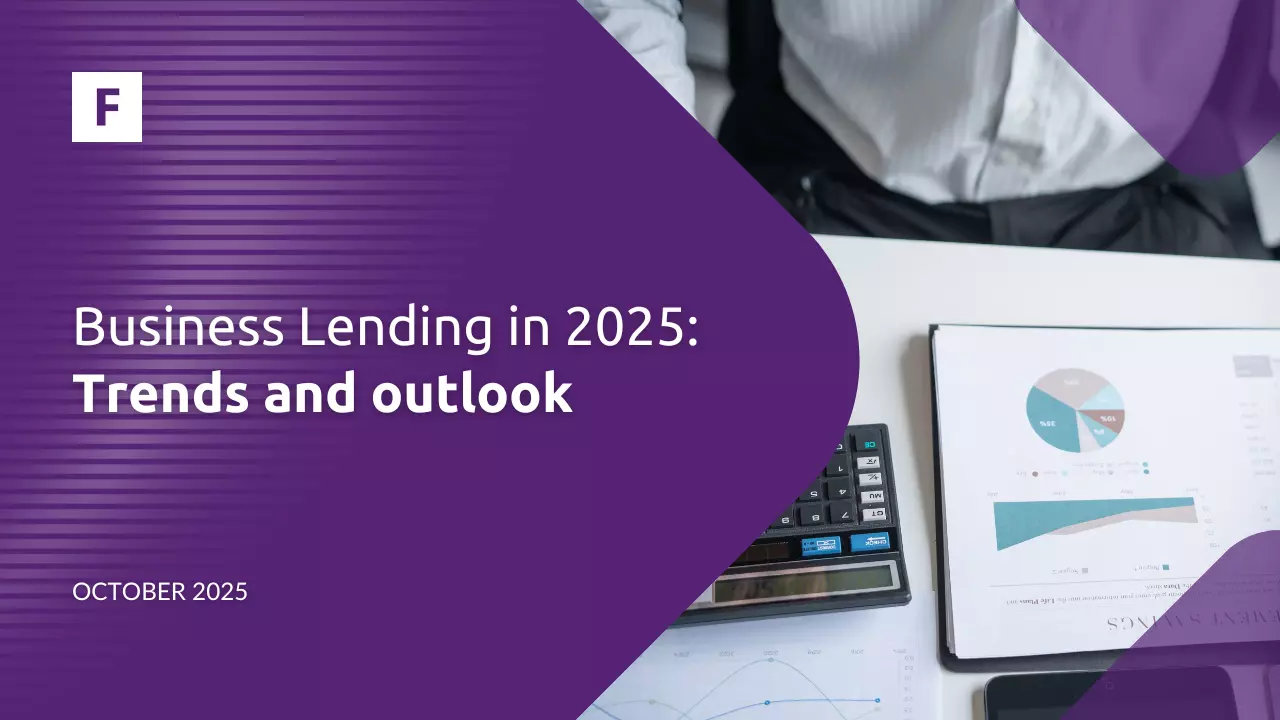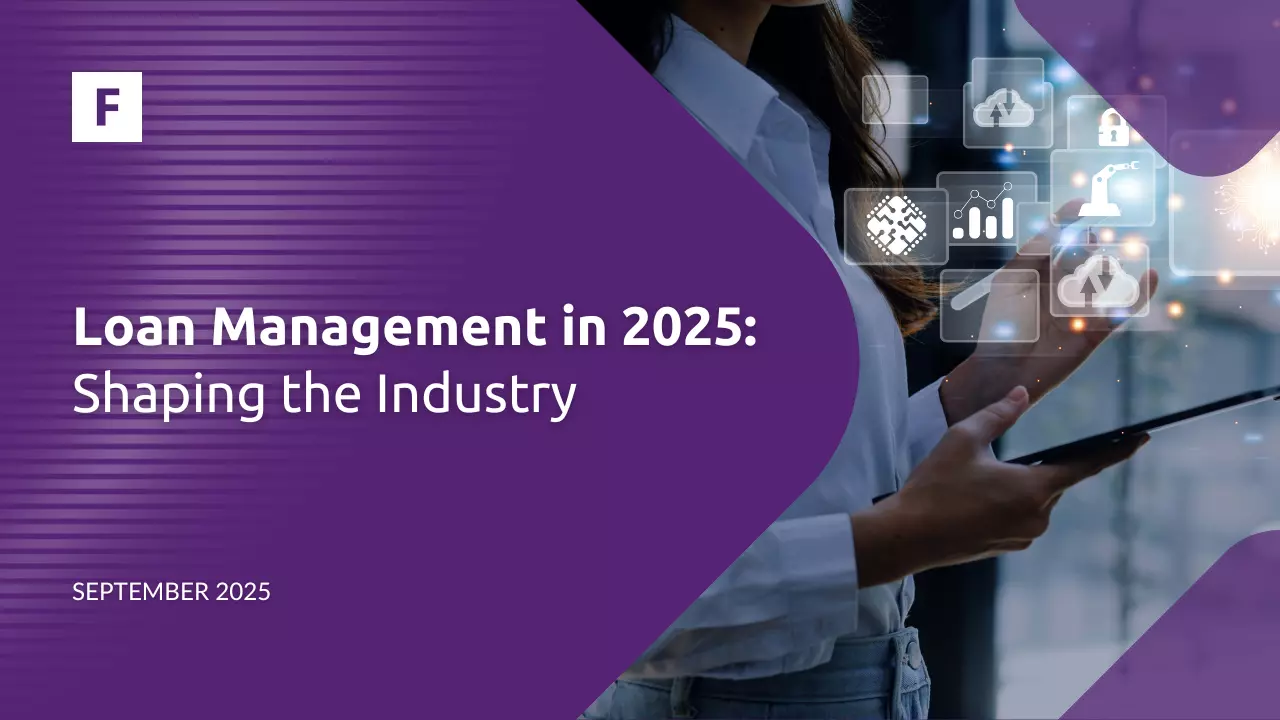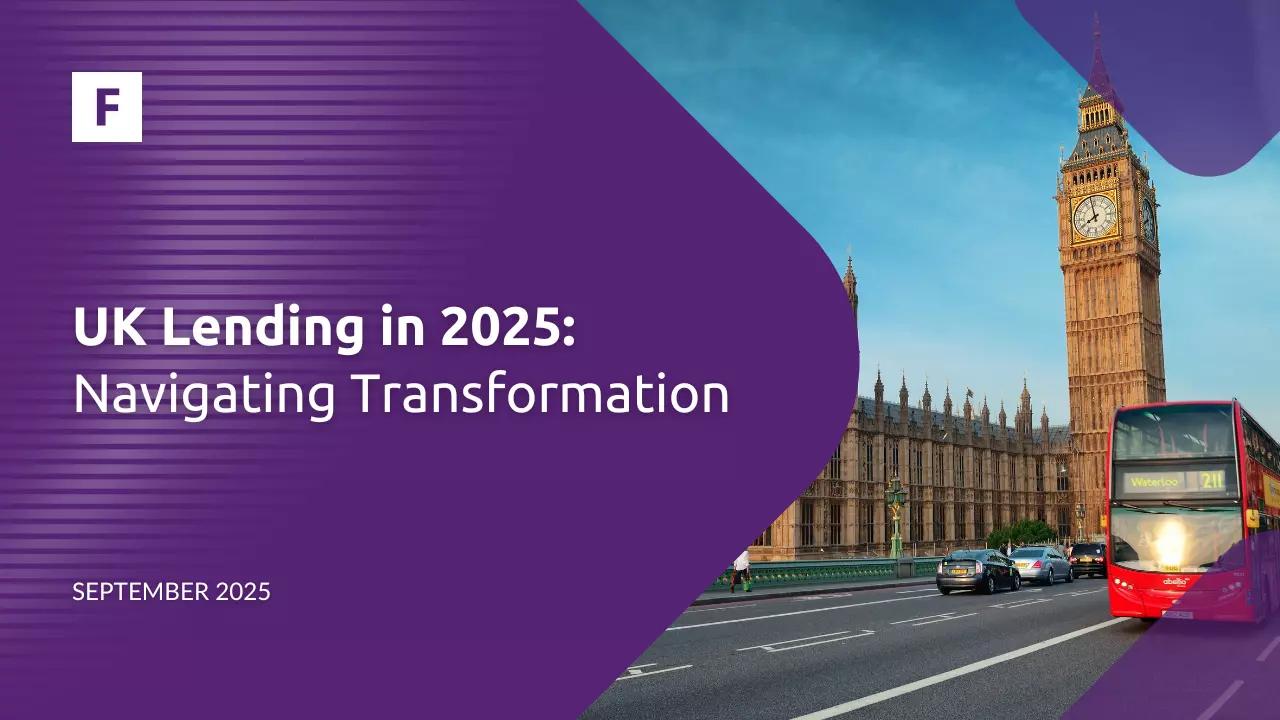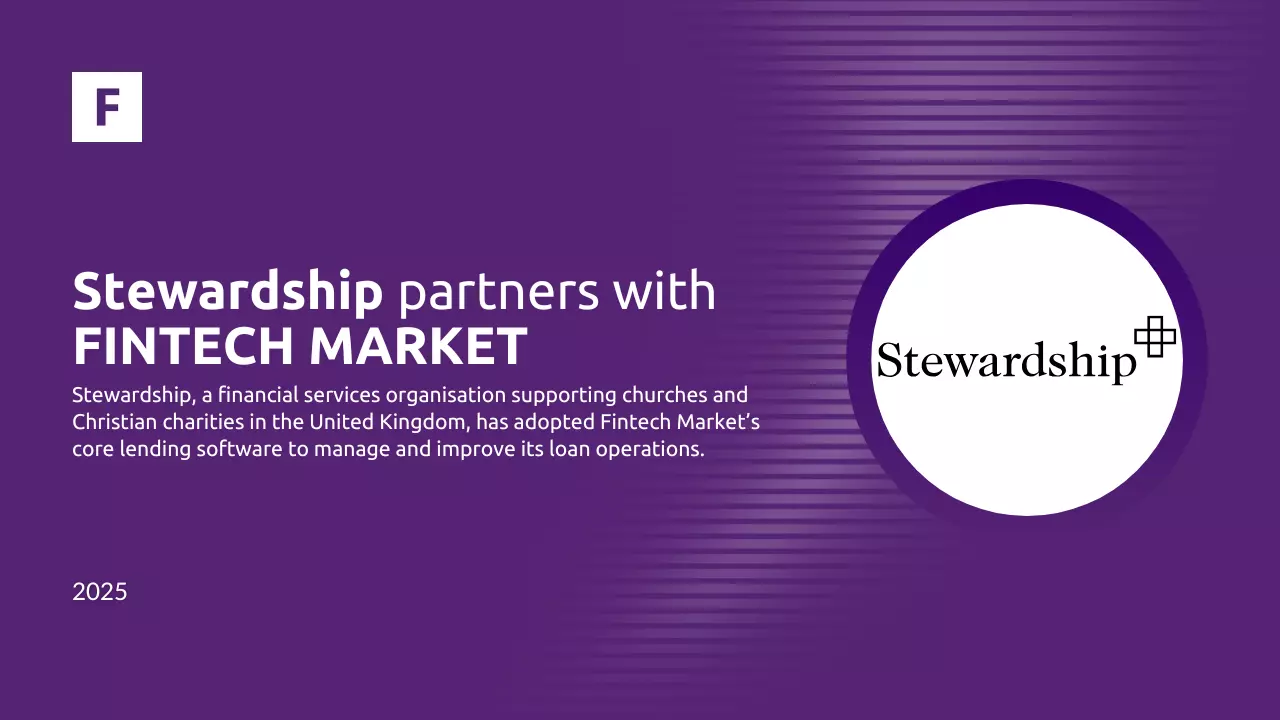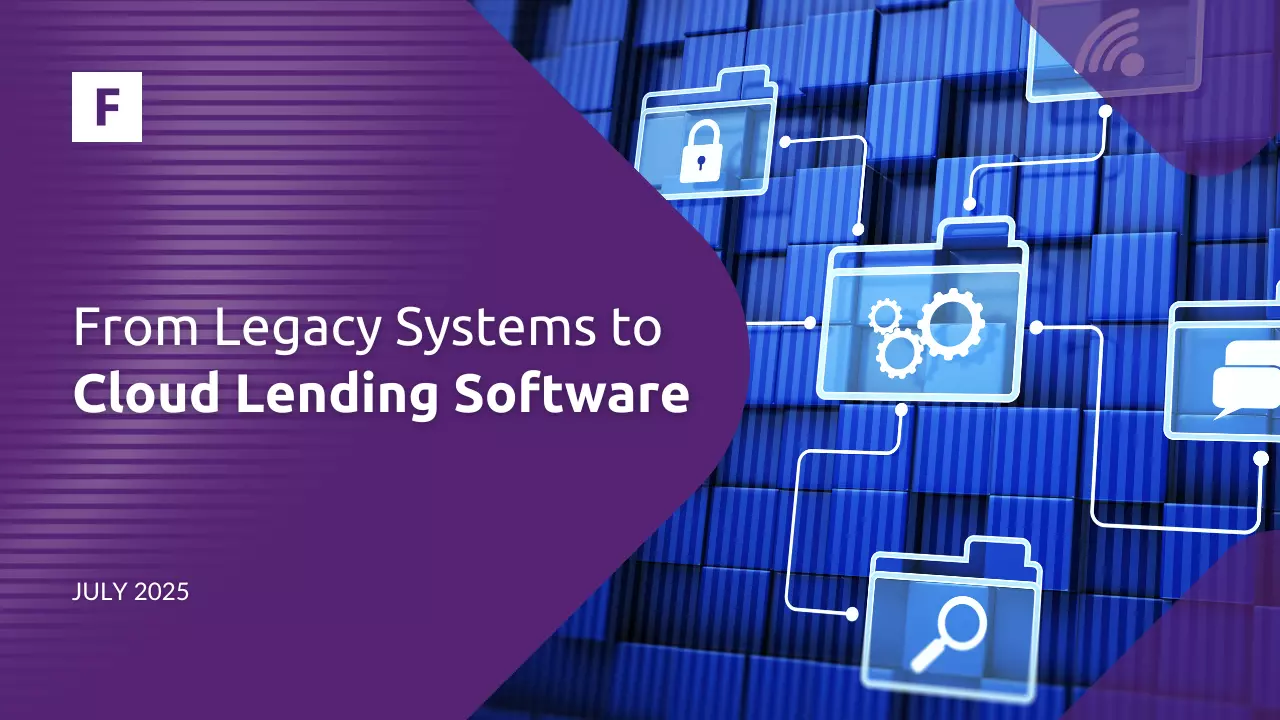What Customers Expect
Amid ongoing uncertainty, customers are finding it increasingly difficult to navigate the complexities of the financial and lending markets. We're here to provide an overview of what customers expect in 2025 and beyond.
These are the main key takeaways from this article:
Automated lending journeys
Faster, smarter decisions
Personalized customer experiences
Scalable growth in emerging markets
Built-in compliance and data ethics
The financial services industry is becoming increasingly fragmented, with consumers freely using multiple platforms rather than sticking to a single provider.
This shift creates intense competition, making brand differentiation and customer loyalty more challenging---and more essential---for both fintech disruptors and traditional institutions.
Traditional Banks
Banks have long used micro-segmentation to personalize offers, but this strategy is losing effectiveness as tech companies like Amazon and Google set new standards for customized experiences. Many consumers now prefer tech firms for banking due to their ability to deliver personalized interactions at scale.
Consumer brands like Starbucks and Netflix lead in personalization through integrated technology. While many banks are investing in personalization, true end-to-end personalization remains elusive due to challenges like fragmented data, outdated IT systems, and organizational silos.
These issues result in generic product offers and outdated marketing approaches. Additionally, regulations such as Open Banking and PSD2 are increasing competition by enabling third parties greater access to customer data, raising the risk of banks losing direct customer relationships.
However, banks still have untapped potential---they can use existing data and customer touchpoints to create more meaningful, end-to-end personalized experiences.
The Rise of Personalization
Digital lending now aims to replicate that human touch through intuitive interfaces, personalized support, and responsive service---making borrowers feel valued and understood, even in a fully digital environment.
Humanization is reshaping the lending industry by combining technology with empathy to offer more personalized and efficient services. Automation and data analytics enhance decision-making and customer experience, while lenders focus on empathy and transparency.
The transition to digital lending platforms has significantly accelerated, particularly in response to the COVID-19 pandemic. Following a surge in early 2022, the unsecured loan market has now stabilized and is poised for continued growth.
Fintech Market's lending software is built to support the level of personalization today's borrowers expect. Its modular, no-code design allows financial institutions to tailor every stage of the loan process---from onboarding to repayment---based on individual customer data, behavior, and preferences.
With built-in credit decisioning tools and seamless integrations, lenders can deliver faster, more relevant offers while maintaining full compliance.
What Even Can Be Personalized?
Many aspects of a loan can be personalized, whether offered online or in-person---such as loan amount, term, APR, fees, down payment, and options like income loss insurance or co-signees.
To put it short: personalized banking uses data, AI, and automation to tailor financial services to individual needs, offering relevant products, timely recommendations, and proactive insights.
From customized rewards and mortgage offers to real-time budgeting tips, this approach enhances customer experience and supports financial well-being through smarter, more meaningful interactions.
In an increasingly competitive financial landscape, personalization has become a strategic imperative for banks aiming to stay relevant and drive meaningful results.
By delivering timely, relevant solutions, banks can boost product adoption, reduce customer churn, and improve operational efficiency through automation---ultimately driving both customer satisfaction and business growth.
Using our no-code SaaS loan management system, financial institutions can streamline customer onboarding, automate underwriting with our Decision Engine, and manage the entire loan lifecycle---from origination to debt recovery---within a single platform.
Credit decisioning software plays a key role in optimizing the entire lending workflow by allowing financial institutions to define, test, and adjust credit policies without writing a single line of code.
Fintech Market's credit decisioning software is fully integrated into its modular loan management system, making it easy to create tailored lending rules based on customer profiles, behavior, and external data sources.
The Decision Engine enables lenders to automate these processes with precision, improving both speed and risk assessment. This flexibility not only speeds up approvals but also ensures consistency and transparency in credit evaluations---crucial for scaling digital lending operations in a competitive market.
As a leading loan origination software, it facilitates operations and enriches borrower engagement. This loan origination software ensures a competitive advantage in the lending industry.
By leveraging advanced credit decisioning software, institutions can adapt quickly to regulatory changes and evolving customer expectations.
Hyper-Personalization
Hyper-personalization is quickly emerging as a critical differentiator in banking, yet 94% of banks still struggle to deliver the highly tailored experiences customers now expect.
As digital-first interactions and competition from fintechs reshape the industry, banks must move beyond generic offerings and embrace a more nuanced understanding of customer behavior, preferences, and needs.
Achieving hyper-personalization at scale requires mastering three key areas: deep customer insights that go beyond demographics, advanced data analytics powered by machine learning, and the ability to act on those insights in real-time through channels like conversational AI.
While implementing these capabilities is complex, the payoff is significant---improved customer satisfaction, stronger loyalty, and a competitive edge in a crowded market.
Trends
A survey by BAI shows that online borrowing is gaining traction across all age groups, with Gen Z and Millennials leading the way. As digital adoption rises, borrowers are becoming more selective and expect a seamless, efficient, and personalized loan experience---shaped by high standards set by aforementioned consumer companies.
Learn more about our consumer lending solutions tailored to meet these evolving expectations here.
Customers now expect consistent, connected experiences across both digital and physical channels. AI helps bridge these interactions, ensuring that context isn't lost when switching between platforms---improving convenience, satisfaction, and sales conversion.
Banks are also adopting predictive engagement strategies, using data to anticipate customer needs and deliver timely solutions. This proactive approach enhances customer experiences and drives better business outcomes.
However, as personalization deepens, privacy becomes critical. Data privacy is a top concern for financial institutions, especially amid stricter regulations, consumer awareness, and rising cyber threats.
As mentioned before, consumers increasingly expect personalized banking, with 72% calling it highly important and 56% are willing to share personal data if it improves their experience. 65.8% say transparency builds trust, according to Capco research.
At the same time, many users remain cautious. 54% want the ability to erase their data, and 39% want centralized control over it.
Voice banking is rapidly gaining traction, with voice-first interactions expected to make up 31% of all digital banking interactions by 2027, thanks to advancements in natural language understanding.
Ethical data usage is also essential in digital lending, as borrowers expect their personal and financial information to be used responsibly as surveys show. Maintaining high standards builds trust and reinforces respect for privacy.
Outdated systems and strict regulations often limit financial institutions' ability to fully leverage their data, while ongoing talent shortages further slow innovation and digital transformation efforts.
Fintech Market helps bridge these gaps with agile, modular solutions that enable secure personalization, support compliance, and improve operational efficiency. Our digital lending platform empowers institutions to deliver tailored experiences at scale---responsibly and effectively.
Promising Markets for Lenders
The Asia-Pacific digital lending platform market is growing rapidly, driven by rising smartphone use, better internet access, and strong demand for financial inclusion and personalized lending. Supportive regulations and rapid urbanization also contribute to this growth, making the region a key hub for digital financial innovation.
India's digital lending market is rapidly growing, driven by increased internet use, smartphone adoption, and the need for fast, accessible financial services. Accelerated by the COVID-19 pandemic, digital platforms now play a key role in financial inclusion, offering quick loans to consumers and small businesses.
Key players include major banks like HDFC and SBI, along with fintechs such as Paytm and Lendingkart. While the market faces challenges like tech integration and skill shortages, it continues to evolve with a strong focus on risk management and innovation.
The market in the Philippines is set to reach $1 billion by the second half of 2025, according to research by online lender Digido. This growth is driven by increasing demand for online credit, particularly among younger, tech-savvy users.
Non-bank digital lenders are expected to hold a 55.2% share, with digital banks making up the rest. App downloads are also rising sharply, potentially having a 50% increase annually.
Digido's business development manager Rose Arreco noted: "Our latest findings affirm the majority of Filipinos' growing pivot towards digital sources of credit... Generation Z is certainly ready to fully accept innovative solutions in the field of financial technologies."
Recap
As financial services continue to evolve at pace, customers in 2025 and beyond demand experiences that are not only digital-first but also highly personalized and seamless across channels. Traditional banks risk falling behind as legacy systems and siloed data limit their ability to deliver truly end-to-end personalization.
At the same time, growing expectations around ethical data use and privacy make trust a critical competitive differentiator. With digital lending accelerating financial inclusion in fast-growing markets like Asia-Pacific, the need for agile, modular, and customer-centric solutions has never been more urgent.

